What is an intercooler, why is it needed and how does it work
Everything about an intercooler: purpose, location, working principle, types of the unit.
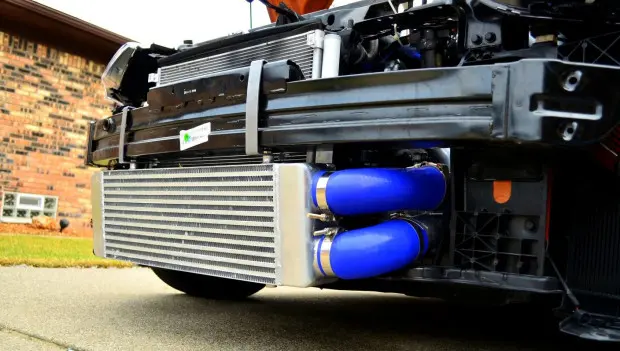
Once upon a time, an air intercooling system was associated exclusively with powerful sports cars. Now, an intercooler can be found even in affordable mass models — regardless of whether they run on gasoline or diesel fuel. We delve into this with Auto30.com.
What is an intercooler

An intercooler is a component of a turbocharged power plant responsible for cooling the air before it enters the cylinders. Due to its position between the compressor and the throttle valve, it is also known as an intermediate cooler.
The classic design of an intercooler — is a radiator-like heat exchanger, similar to what is used in an engine's cooling system. Instead of a cooling fluid, compressed air passes through it, and the pipes themselves are noticeably wider. In other respects, the mechanism and operating principle are similar.
There are also rarer designs — air-liquid intercoolers, which use oil as the coolant. Both options will be considered separately.
Why is an intercooler needed

The main task of the intercooler — is to reduce the temperature of the pressurized air, which helps to increase the density of the mixture and improve combustion efficiency. Turbochargers and superchargers compress air before it enters the engine. This allows for an increase in the volume of oxygen in the combustion chamber, which means — more fuel can be injected, resulting in more power.
That is why all modern turbocharged power systems — whether gasoline or diesel — are necessarily equipped with an intercooler.
How does an intercooler work
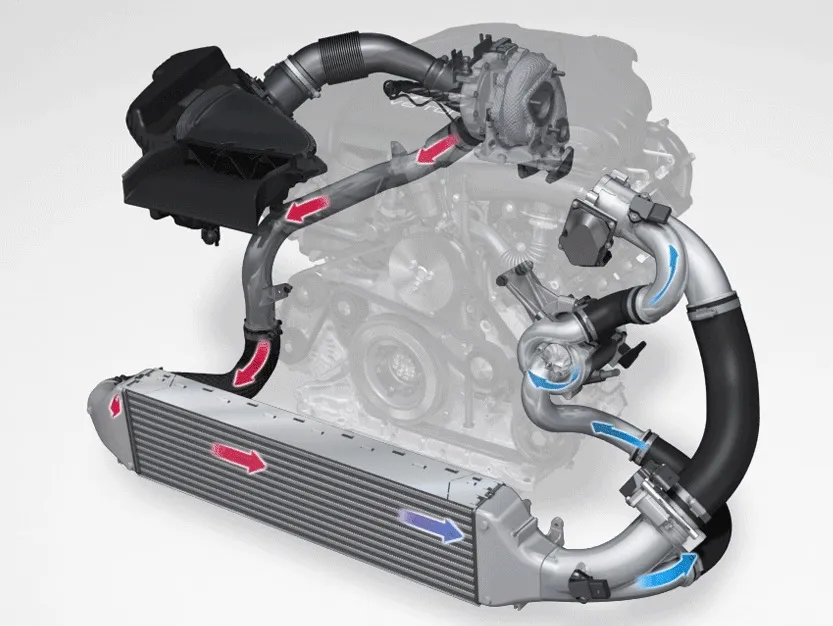
The idea is simple: the more air that enters the cylinders, the higher the power potential. But when compressed, the air heats up — this is physics. And as the temperature rises, the air density decreases, making its volume "less effective." Therefore, after the compressor, hot air is directed to the intercooler, where it is cooled and condensed before entering the intake tract.
There are two main types of intercoolers.
Air
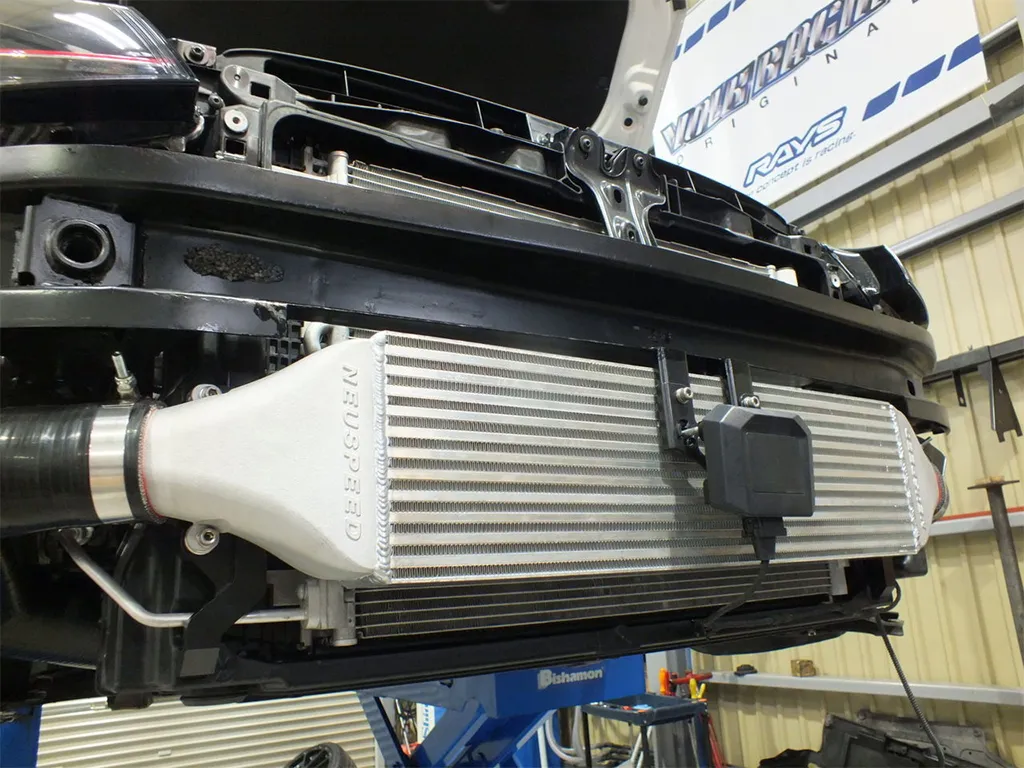
This is the most common variant. Structurally, it resembles a radiator with numerous cooling fins. It is most often installed at the front of the car, where it constantly receives an opposing air flow. It is often part of a "sandwich" of radiators for the cooling system, air conditioning, and other units.
Sometimes such intercoolers are installed in non-standard locations — above the engine or on the side. In such cases, special channels are provided to direct air to the cooler.
Air-liquid
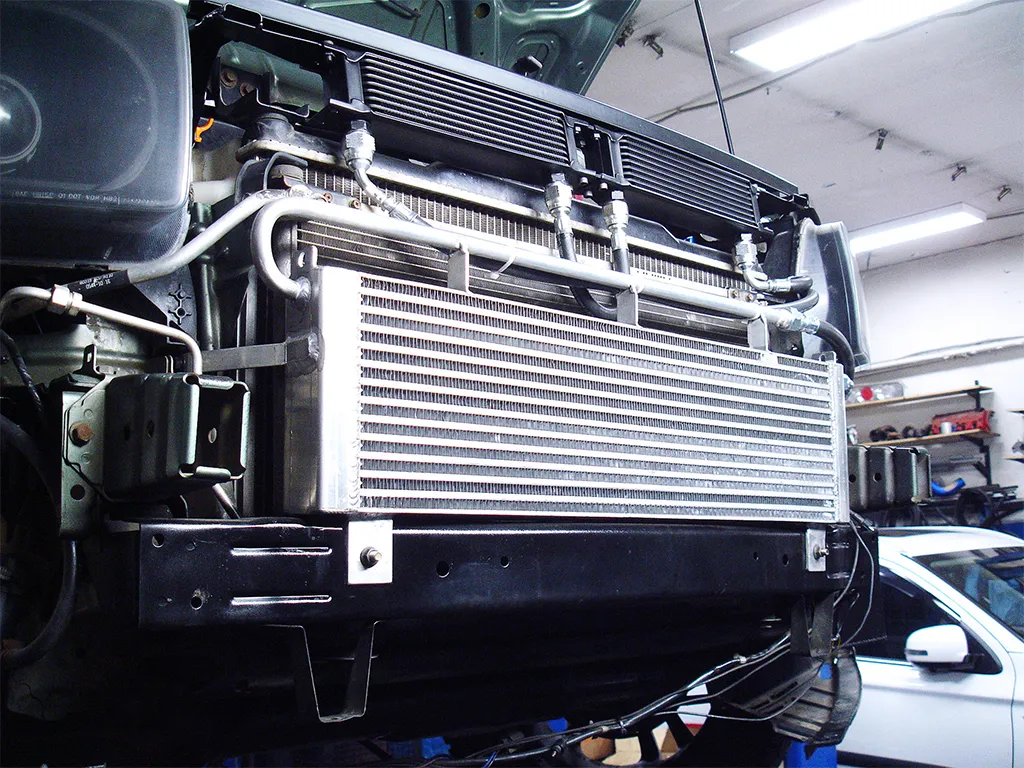
A more technologically complex and expensive option. Here the intercooler — is an entire closed system with its own coolant circulation. Instead of air, special oil circulates through the system, pumped by a pump. The oil is cooled in a compact radiator and then goes to the heat exchanger near the intake manifold, where it cools the pressurized air.
The advantage of such a system — is compactness. It is used where there is no space for installing a classic radiator.
Typical malfunctions of intercoolers
With conventional air intercoolers, the main problem can be air leakage. The reason — corrosion of aluminum elements, especially in aging cars. In conditions of high humidity or when salt reagents are used, this process accelerates. The destruction of thin fins reduces heat exchange, and the cooling efficiency decreases.
In systems with a liquid circuit, more diverse malfunctions are possible: from oil leakage to pump or heat exchanger failure. However, such systems are mainly installed on sports or modified cars, where the operation is significantly different from daily city driving.
You may also be interested in the news:

Mystery Button Hidden Under Most Car Dashboards — And Why So Many Drivers Don’t Know It Exists
Modern cars are packed with features and buttons whose purpose can be surprisingly hard to guess.
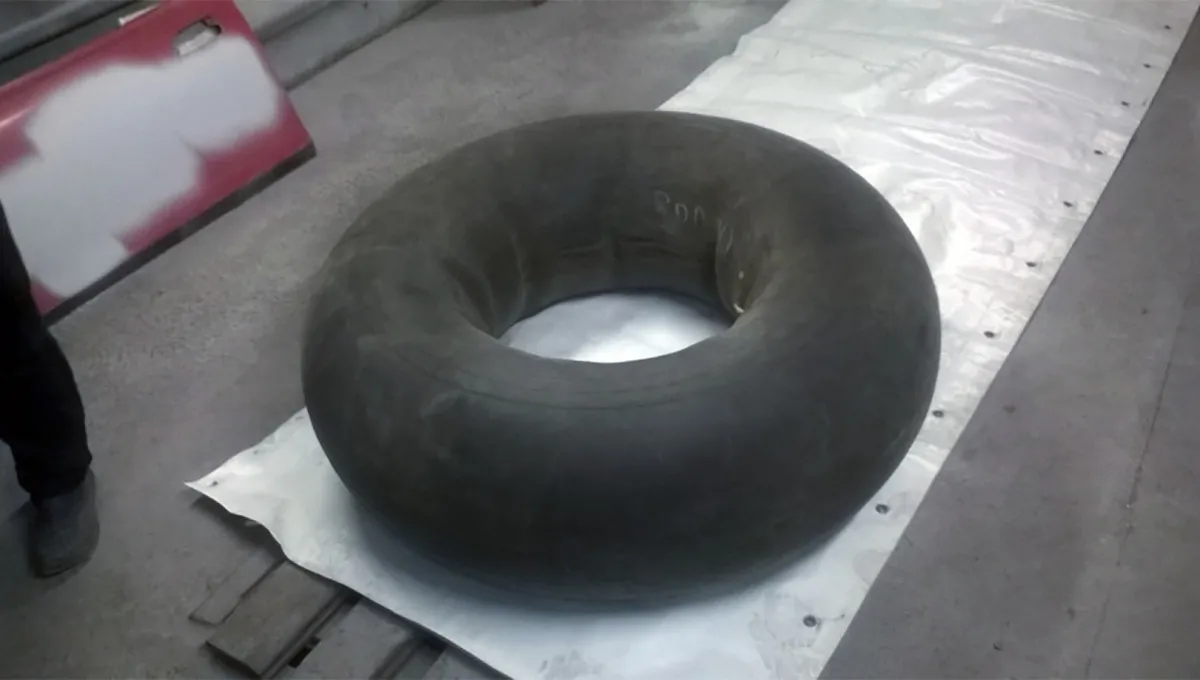
Why Automakers Ditched Inner Tubes for Tubeless Tires: Surprising History and Details
How tubeless tires reshaped road safety and comfort — unexpected facts revealed.

Shine and Glamour of Retro: Al Capone’s Legendary Cadillac
From the very beginning, Cadillac cars have been seen as a symbol of luxury.
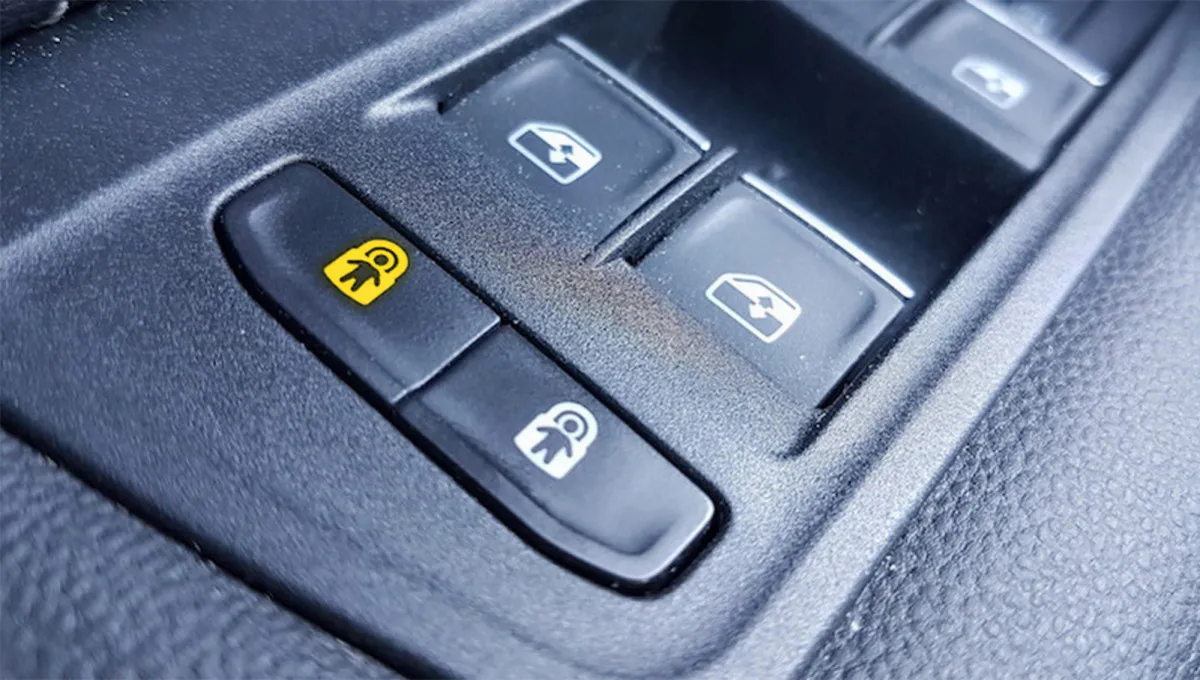
Astronaut Button: What This Mysterious Car Feature Actually Does
Some functions in a modern car make sense only after digging into the owner’s manual — and this little button is a perfect example.

How to Activate Your Wipers’ “Winter Mode” — and Why It Exists
Many drivers can’t help wondering: is this a bug or a feature?